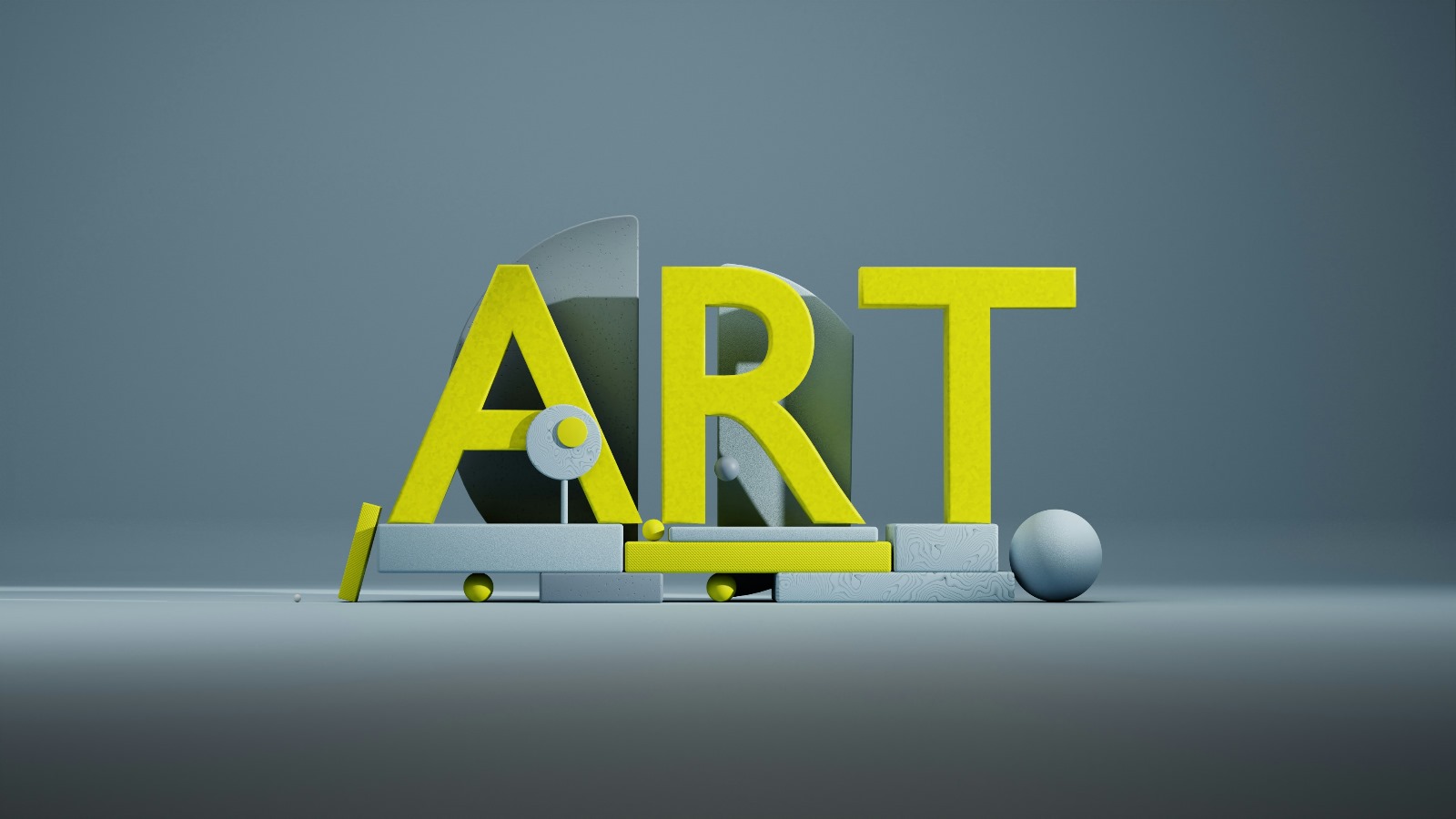In the last 30 years, there have been many cases of arts organisations adopting technology, as with any industry in the modern world. In the mid-nineties, the Metropolitan Opera in New York decided they needed to undergo a technology overhaul. This led to the launch of Tessitura in the early 2000s. The National Theatre pioneered with National Theatre Live, live-streaming its productions to worldwide cinemas. The Berlin Philharmonic’s streaming service was the first of its kind. We then have a look at Google Arts + Culture, the search engine which can, hypothetically, take you to any gallery in the world. All this has been adopted, but at exceptional costs to the organisations, although technology conjures exceptional value in turn. At the moment it struggles to scale. We must think differently about how to use technology to fund your arts organisation.
Tessitura; the first instants.
Tessitura, originally founded by the Metropolitan Opera, offers arts and culture organizations in English-speaking countries specialised CRM services, which grew exponentially with the explosive increase of online ticket sales. Its usage spread quickly to six other opera companies in the US, and is now used by 750 organisations globally. Its key to success was integration of all management software needed for organising different income streams for an arts organisation. The seven licensees became the Tessitura Network. Their business model is a non-profit run by their licensees.
While working in a large arts organisation in visitor experience, this made me wonder: what if Tessitura was, instead, a private company owned wholly by the Metropolitan Opera? How much of their $5 million investment would have been returned?
National Theatre Live and Berlin Philharmonic Digital Concert Hall; the rise of streaming.
Only a year after Netflix launched its streaming service in 2007, the Berlin Philharmonic became the first arts organisation, in a growing trend, to operate their own streaming service. This became a subscription-based business model, gaining revenue and spreading the art they create to new audiences who usually could not access it, breaking the typical geographical barrier. In 2009, the National Theatre started live-streaming their performances to cinemas. The impact is the same as streaming services, with the added value that cinema screenings typically happen once, building the need to “see that show live”. Most major arts organisations utilise both streaming and cinema screenings to conjure additional revenue.
There are potential problems with this business model. Firstly, both streaming and cinema screenings require the arts organisation to own the IP of the production in order to distribute. The marketplace for streaming in particular has also grown bloated since its conception. It is exceptionally difficult to capture any of the prospective patrons. Finally, realistically, these options cannot be accessed as funding opportunities for smaller arts organisations.
Google Arts + Culture; What’s happening at the moment?
In the age of Artificial Intelligence and immersive experiences, what can arts organisations do with these technologies? Google Arts + Culture starts to answer some of these questions. Essentially a search engine for visual art, partnering with galleries worldwide, it provides the opportunity for consumers to visit and view artwork from many major museums, including the Smithsonian and the Tate. They also collaborate with artists from different disciplines; such as their collaboration with Studio Wayne McGregor to create an AI which can respond to choreographic input, reportedly creating the next phrase of dance.
In the case of arts organisations at large, technology can be used to solve problems facing arts institutions. Instead of building an AI which creates dance, for example, one could be developed to notate dance, filling the absence of dance notators which led to the loss of some of the most significant dance work of the 20th Century. Alternatively, one could potentially build a security tool to prevent another major theft from an arts organisation.
Final Thoughts…
Building products from existing technology is expensive. Building new technology is significantly more expensive.
Arts organisations need to ensure they are creating value for money when building technology. It is necessary here to adopt a start-up mentality – “what can we do with X resources?” – while creating spin-offs which can solve the problems they might face. At this point, they can create products and/or companies which add value to the organisation, often simply by utilising the creative capital arts organisations naturally cultivate.
